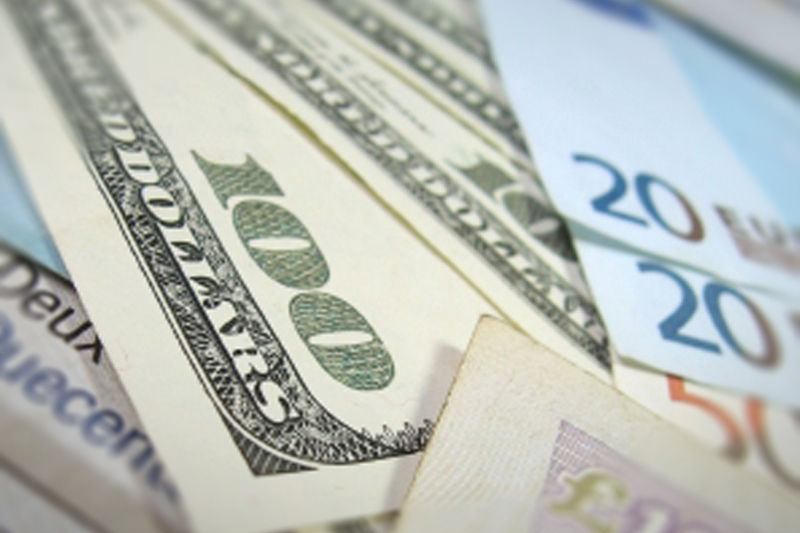Investing.com -- EUR/USD rebounded from a major sell-off one session earlier amid declining Treasury yields, as a mixed U.S. jobs report provided little clarity as to whether the Federal Reserve could raise interest rates later this month.
The currency pair traded in a range between 1.1091 and 1.1188 before settling at 1.1151, up 0.0028 or 0.25% on Friday's session. For the week, the euro fell by approximately 0.5% against the dollar after suffering sharp declines in each of the previous two sessions. Despite fluctuating between 1.08 and 1.18 over the last four months, EUR/USD is virtually flat in comparison with its level in early-May.
EUR/USD likely gained support at 1.0959, the low from August 11 and was met with resistance at 1.1625, the high from Aug. 25.
On Friday morning the U.S. Department of Labor's Bureau of Labor Statistics (BLS) said nonfarm payrolls for the month of August increased by 173,000, below estimates of a 223,000 gain. The figure received a boost from a 56,000 gain in Health Care and social assistance jobs, including an increase of 16,000 in hospital positions. For the month, employment in financial activities rose by 19,000 and has expanded by 170,000 over the last year. Following upward revisions of 44,000 for June and July, monthly job gains have averaged 221,000 over the last three months.
Many economists regard the August jobs report as a tricky one to analyze due to the high percentage of Americans who are away on vacation throughout the month.
The unemployment rate in August fell 0.2% to 5.1%, its lowest level since April, 2008. The rate was expected to fall by 0.1% to 5.2% according to consensus estimates after remaining unchanged in July.
The U-6 unemployment rate, a broader gauge of the national employment situation, inched down 0.1% to 10.3% on the month. The reading measures the total level of unemployed workers plus those marginally attached to the labor force, as well as those who are no longer looking for a job but have looked for one over the last 12 months. In addition, 1.8 million were classified as being marginally attached to the labor force, down from 2.1 million 12 months earlier. Last August, the U-6 rate stood at 12.0%, after falling by 0.6% from the previous month.
By comparison, the U-6 rate peaked above 17% during the height of the financial crisis. It is also a preferred measure of Fed chair Janet Yellen, as she weighs whether the labor market has improved enough to warrant an imminent rate hike.
Currency traders continued to digest a dovish policy meeting from the European Central Bank's Governing Council on Thursday when ECB head Mario Draghi provided strong indications that the central bank will use all tools necessary to boost inflation throughout the zone. Draghi hinted the ECB could extend its €60 billion a month Quantitative Easing program in an effort to bolster long-term GDP and inflation. The ECB also left its benchmark interest rate unchanged at 0.5%.
Investors piled into U.S. Treasury bonds on Friday, following the release of the mixed jobs report. Yields on U.S. 10-Year Treasuries fell more than four basis points to 2.109%, its lowest level in more than a week, before closing at 2.131%.
